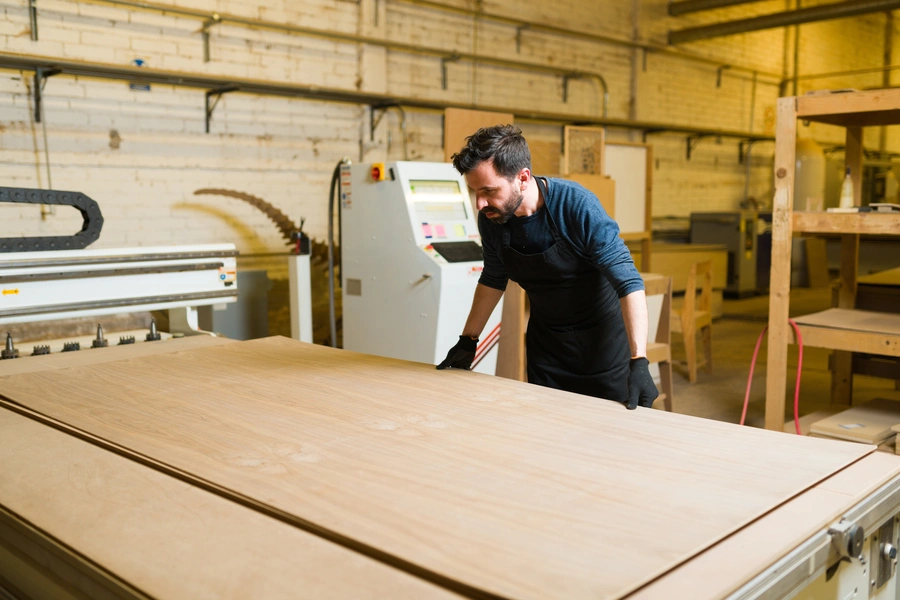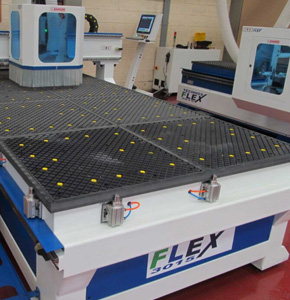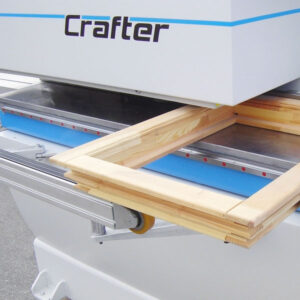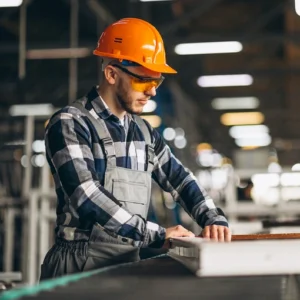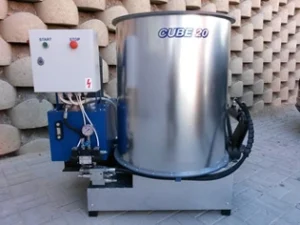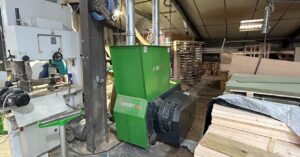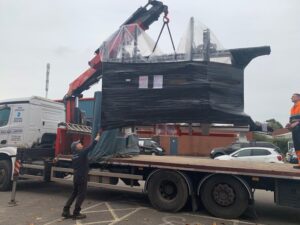-
The 4 Main Types of CNC Machines and their uses in Woodworking
CNC (Computer Numerical Control) technology has transformed the woodworking industry, allowing manufacturers to produce precision components quickly, efficiently, and consistently. Whether you’re making windows, doors, furniture, or intricate joinery, CNC machines play a vital role in modern production. At International Woodworking Machinery, a wide range of CNC woodworking machines are available to suit different workshop
-
New Website Loading….
We have had the current version of our website live for a number of years now, and due to our ever expanding product range and the constantly evolving world around us – we have decided to take customer feedback and expert insights and craft a new website for IWM. Our web team have taken into
-
The Benefits of Briquettes vs Coal and Wood: A Sustainable Fuel Alternative
As we strive to make more eco-conscious choices in our daily lives, the importance of choosing the right type of fuel becomes evident. Briquettes, made from compressed biomass, have been gaining traction as an alternative to traditional fuels like coal and wood. But how do they measure up when it comes to efficiency, environmental impact,
-
LIGNA 2025 with Soukup and IW Machines
We are delighted to announce that Soukup—our trusted partner in high-quality woodworking machinery—will be exhibiting at LIGNA 2025, the world’s leading trade fair for tools, machinery, and equipment for woodworking and wood processing. Join us in Hannover, Germany from 26th to 30th May 2025, where you’ll find us at Hall 13, Stand E15. We warmly
-
Top 5 Best Woodworking Machines
When it comes to boosting productivity, improving precision, and ensuring sustainable practices in the woodworking industry, having the right machinery makes all the difference. IWmachines.co.uk offers some of the best woodworking machines on the market today, perfect for joinery workshops, window manufacturers, and wood product businesses looking to scale efficiently. In this article, we explore
-
The Importance of Regular Maintenance for Woodworking Machinery
Woodworking machinery is the backbone of any workshop, playing a crucial role in crafting high-quality products. To ensure these machines operate at peak efficiency and maintain their longevity, regular maintenance is essential. In this post, we’ll explore why upkeep matters and share practical tips for maintaining your woodworking equipment. Why Regular Maintenance is Essential Key
-
Fantastic Review of one of our Briquette Machines
We absolutely love hearing positive feedback from customers that have bought one of our briquette machines – and Richard from The Turners Workshop took things a step further and kindly did a social media update, explaining what he had bought from us and how it benefited him. View this post
-
Briquette Machines helping “Quality Pods Wales” reach sustainability goals
Quality Pods Wales, nestled in the serene Welsh countryside, has become a shining example of sustainable manufacturing. Specialising in bespoke glamping pods, the company has embraced environmentally friendly practices to reduce waste and lower its carbon footprint. Central to their efforts is the innovative use of wood waste generated during production. Instead of discarding offcuts,
-
A Busy October
The months are getting colder and the dark nights are getting earlier, but our team have still been at full speed getting new machines to new and existing customers all over the country. Within this last few months we have delivered a hydraulic cramp to Scotland, a SCM spindle moulder to London, briquette machines to
-
The Growing Biomass Briquette Market
As the global energy landscape continues to evolve, the demand for cleaner and more sustainable energy sources is rapidly increasing. Among the various renewable energy options, biomass briquettes have emerged as a promising alternative to traditional fossil fuels. According to a recent report by Allied Market Research, the biomass briquette fuel market is projected to
